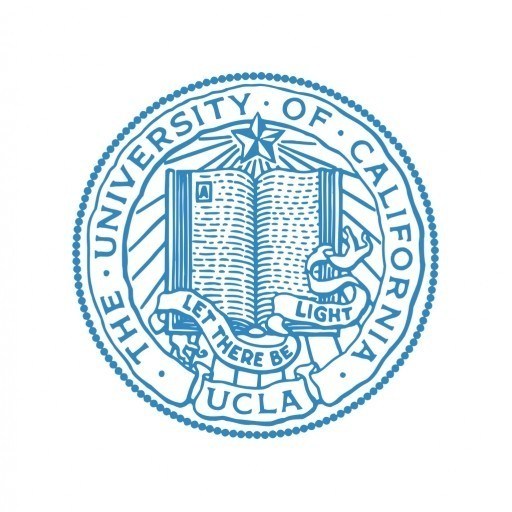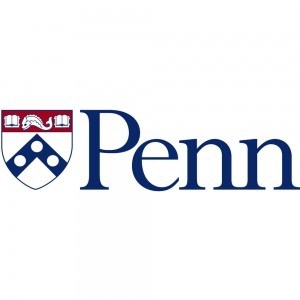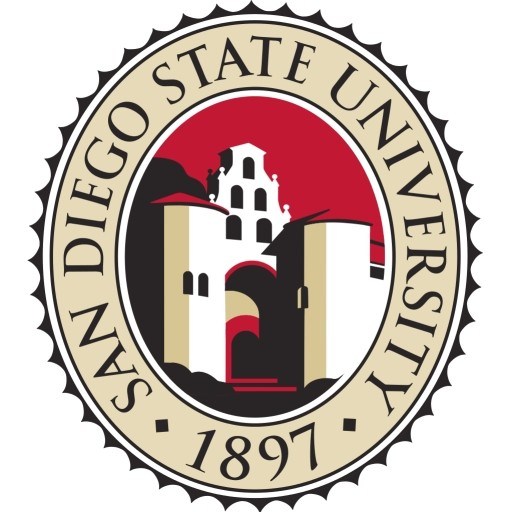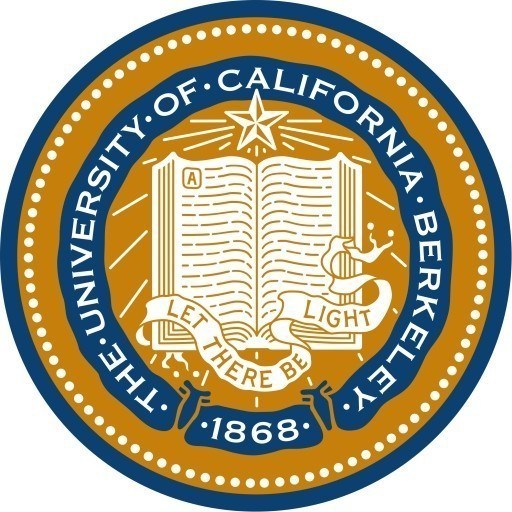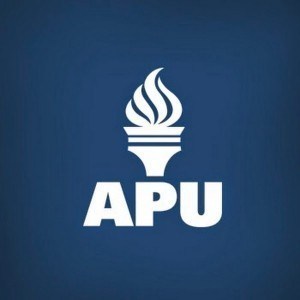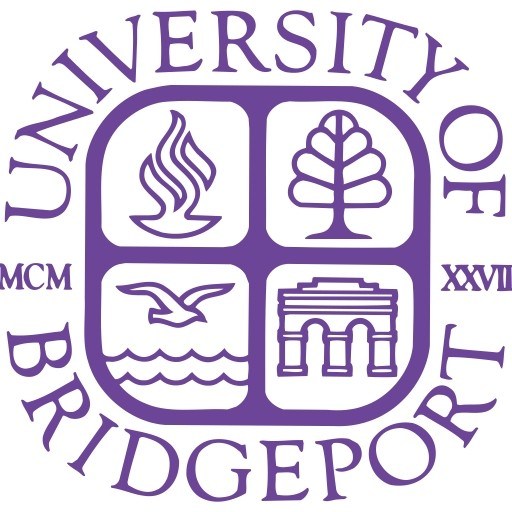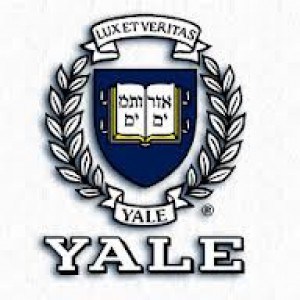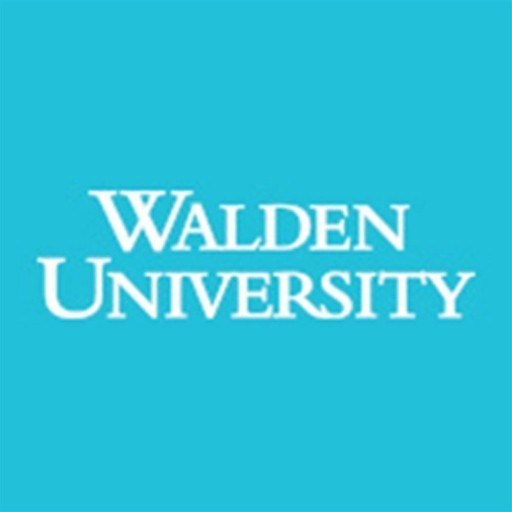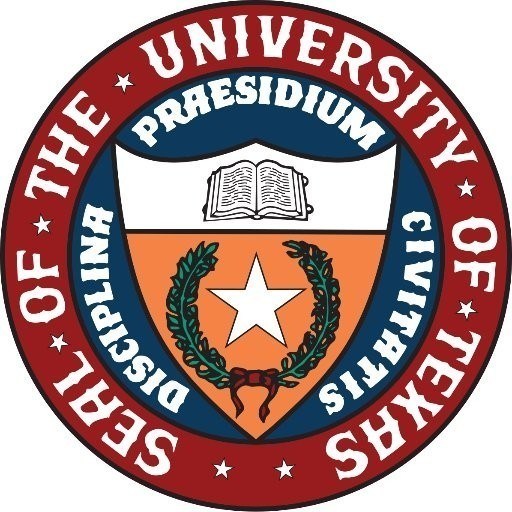Photos of university / #ucla
Animation program at the University of California is a comprehensive and dynamic curriculum designed to prepare students for successful careers in the rapidly evolving field of animation and visual storytelling. This program offers a blend of technical expertise, artistic development, and industry insights, equipping students with the necessary skills to create compelling animations across various media including film, television, video games, advertising, and digital media. Through a combination of hands-on projects, advanced coursework, and collaboration with industry professionals, students gain a thorough understanding of animation principles, character design, storyboarding, 3D modeling, rigging, rendering, and compositing. The program emphasizes both traditional artistic techniques and cutting-edge digital tools, ensuring graduates are well-versed in current industry standards and innovative technologies. Students have access to state-of-the-art facilities and software, fostering a creative environment where they can experiment, refine their craft, and develop a unique artistic voice. The curriculum is structured to promote critical thinking, storytelling, and visual communication skills, preparing students to contribute effectively to team projects and creative productions. In addition to technical training, the program encourages students to explore the cultural, ethical, and conceptual aspects of animation, broadening their perspective on the role of animation in society. The program also provides numerous opportunities for internships, industry collaborations, and participation in film festivals, enabling students to build professional networks and gain real-world experience. Graduates of the animation program at the University of California are well-positioned to enter a competitive job market, pursuing careers as character animators, visual effects artists, story artists, game designers, and multimedia artists. The university’s strong links with industry leaders and its commitment to fostering innovation ensure that students are equipped with not only technical skills but also the creativity, adaptability, and entrepreneurial spirit needed to succeed in today’s digital entertainment landscape.
I. MFA: Film and Television, Area: Animation (See sections I to V for all requirements)
II. Summary:
Minimum 6 quarters graduate residence in the Department; maximum 12 quarters residence. Minimum total of 72 units (18 classes) for the degree. At least 5 Graduate numbered courses (200,400,500 Level). Minimum course load is 12 units per quarter
Maintenance of a B average GPA.
III. Courses:
Required Courses
- 181A Animation Design
- 1818 Writing for Animation
- 181C Animation Workshop
- 484AB Visual Thinking and Organization for Animation (drawing)
- 488A Interactive Animation
- 489AB Computer Animation for Film and Video
- or
- 483AB Advanced Computer Animation Maya
FTVDM Required Courses
Two Film and Television Graduate Seminars
- 209D Seminar in the Animated Film
Plus choose one below:
- 203 Film and Other Arts
- 206A European Film History
- 206C American Film History**
- 207 Experimental Film
- 208B Classical Film Theory**
- 208C Contemporary Film Theory
- 209D Animated Film
- 217 Television History**
- 218 Culture, Media and Society
- 219 Film and Society
- 220 Television and Society
- 221 Film Authors
- 222 Film Genres
- 223 Visual Perception
- 270 Film Criticism
- 271 Television Criticism
- 276 Non Western Film
- 277 Narrative Studies
** courses are sometimes taught as a core course for MA students and may not be available that particular quarter to MFA students. One Live Action Course
- 150 Cinematography
- 483AB Intro to Experimental Film
Or another approved course from the Production area (Directing).
Electives
- 152 Film and Television Sound Recording
- 188A Real Time Animation: Puppetry Arts
- 188N History of Animation in America
- 188J The Disney Feature: Then and Now
- 480 Animation Timing
- 482B Advanced Animation (Character Animation)
- 482B Advanced Animation (Writing for the Animated TV Series)
- 485 Legal Issues in Animation
- 488B Advanced Animation (Layout)
This list is subject to change. Availability of courses is not guaranteed. Do not wait until your last quarter to fulfill requirements
To graduate an animation student will need to have finished:
- One traditional film (181C)
- One computer film (483ABC or 489ABA)
- One interactive project (488A or B)
- And one thesis film (596) if needed
IV. Courses by Year:
FIRST YEAR Traditional Animation
FALL
- FT 181A Introduction to Animation
- FT 181B Writing for Animation
- FT 484A Visual Thinking and Organization for Animation (Drawing)
Electives if you have the time:
- FT 488B Advanced Animation (Layout)
If you have completed 181ABC and have finished your first film as an undergraduate you can start as a second year student, but you will need to take the Seminar during the winter quarter.
WINTER
- FT 181C Animation Workshop
- FT 484B Visual Thinking and Organization for Animation
- FT 209D Seminar in the Animated Film
Extra electives if you have the time:
Falling Lizard Weekend, a traditional event of the workshop, will take place the weekend of the Super Bowl (and The Annie Awards) Feb 5,6,7
SPRING
Extra electives if you have time:
- FT 482B Advanced Animation (Character Animation)
- FT 480B Timing (or FTV 485 Legal Issues in Animation)
- FT 152 Film and Television Sound Recording
- 181C Animation Workshop
- 188N History of Animation in America
Note: This undergraduate course, like all animation courses, is open to every student in the University, but in this case pre enrolls it alternates. Every other year, with FT 188J The Disney Feature Then and Now.
FT 152 Film and Television Sound Recording
SECOND YEAR: Computer Animation
Note: you can automatically take the computer class only if you have finished your 181C film by the end of summer. If not, admission to the computer courses will be on a case by case basis and you may have to wait until your third year (with a finished 181C film) before you can enroll in the computer courses.
There are three options for the computer flight (1) 483ABC Maya, (2) 489ABA, or (3) Some combination of 483 and 489 but you must have a completed computer film finished to complete the computer animation requirement. All students must take 489A in the Fall Quarter even if they are taking 483A.
The required courses outside of animation (one approved directing course and one approved media studies graduate seminar) can be taken any quarter.
FALL
- FT 483A Advanced Computer Animation Maya
- FT 484A Visual Thinking and Organization for Animation
- FT 489A Computer Animation
- FT 488B Advanced Animation (Layout)
Extra electives if you have time:
- FT 488A: Interactive Animation is required in 3rd year but may take it in 2nd year if you have enough computer experience and are not enrolled in 483A (Maya)
- FT 152 Film and Television Sound Recording
WINTER
- 483AB Advanced Computer Animation Maya
- 489B Computer Animation Maya
- 484B Visual Thinking and Organization for Animation (Drawing)
Electives:
- FT 482B Advanced Animation (Character Animation)
- FT 482B Interactive Animation
- FT 480 Timing
SPRING
- FT 483C Advanced Computer Animation Maya (may also take 489A)
- FT 489A Computer animation (required if you are not taking the Maya class)
Electives:
- FT 482B Advanced Animation: Writing for the TV Series
- FT 182N History of Animation in America
Note: This undergraduate course, like all animation courses, is open to every student in the University (but in this case pre enrolls) it alternates. Every other year, with FT 188J The Disney Feature Then and Now
- FT 152 Film and Television Sound Recording
THIRD YEAR (Thesis)
FALL
- FT 488A Interactive Animation
- FT 484A Visual Thinking and Organization for Animation (Drawing)
Elective/required course(s)
- FT 596 Thesis
- You should be finishing your required animation courses by now. With a completed project in: Traditional Animation, Interactive Animation, and Computer Animation. Your thesis project can be in traditional, animation narrative, experimental, any content or style for any idea, for any purpose. It is your film and purpose and should be good. This is the year of your thesis film.
You can go on a leave of absence if you like.
WINTER
- FT 488B Interactive Animation
- FT 596 Thesis
SPRING
- FT 596 Thesis
Elective/required course(s)
- FT 482B Advanced Animation: Writing for the TV Series
Leave of Absence
REQUIRED NON ANIMATION COURSES
One graduate seminar from the approved list of the Cinema Media Studies area
One approved course from the Production area (Directing)
SUGGESTED ELECTIVE COURSES
Drawing: Character animators should be drawing all the time. The Union and others have classes.
Editing: Especially for those without any film background - the language of film.
Acting: For those into character animation, remember you are the actor or actress.
Sound: Designing, mixing and using sound creatively - sound can make your film.
Camera/Lighting: Especially for the lighting of 3D computer and puppet animation.
And any of these: Design film, Computer programming, Directing, Movement, Painting,
Perspective, Design, Color, Mythology, Life, and Love. We have a library of books, tapes, laser disks, DVD's you will need to read, look, analyze and learn from these to be a good filmmaker of animation. Internships are available and are helpful, especially if you know what you want to do also there is freelance work available. Both take time away from your education, a once in a lifetime opportunity.
Requirements
- Have at least a 3.0 GPA.
- Complete equivalent to a 4 year US Bachelor’s Degree.
- If you achieved a score of 100 or higher on the TOEFL iBT, or 7.5 or higher on the IELTS, the ESLPE requirement is waived.
- If you scored below 100 on the TOEFL iBT, or below 7.5 on the IELTS, you mustsit for the ESLPE upon arrival at UCLA and immediately enroll in any assigned English as a Second Language courses.
- Upload Unofficial copies of all Transcripts.
- Submit Three Letters of Recommendation
- Upload and Mail the Statement of Purpose.
- Upload and Mail a Resume/CV.
- Upload and Mail a sample of Scholarly Writing.
- Mail an Official copy of all Transcripts from each Undergraduate and Graduate institutions attended.
- Applicants must complete equivalent to a four-year U.S. Bachelor’s Degree. International students who hold three-year ordinary pass degrees, or who hold professional diplomas in accounting, business, librarianship, social work, physical education, health education and so on, or four-year degrees, diplomas or higher certificates from technical, vocational or post-secondary specialized schools are NOT eligible for graduate admission.
- U.S. immigration law requires that international applicants, if admitted, show documented evidence that sufficient funds to cover all tuition, fees, transportation, and living expenses are available for the first year of their studies at UCLA. This must be proven before a Certificate of Eligibility (I-20 or DS2019) for a visa can be issued.
Scholarships
DREAM Act
For non-US Citizens or non-Permanent Residents who are approved to pay in-state tuition because they graduated from a high school in California; they will need to complete the California DREAM application by the March 2, 2017 deadline. The DREAM application can be accessed at https://dream.csac.ca.gov. If applying after March 2, please check with the Financial Aid Office for available funding opportunities. www.financialaid.ucla.edu
The University of California offers a comprehensive program in Animation that aims to equip students with the essential skills and knowledge required to excel in the rapidly evolving field of visual storytelling. This program combines rigorous coursework in traditional art, storytelling, digital techniques, and new media, facilitating a well-rounded education for aspiring animators. Students have the opportunity to learn under the guidance of experienced faculty members who are industry professionals, providing insights into current trends and workflows within the animation industry.
The curriculum typically covers fundamental topics such as drawing, character design, storyboarding, 3D modeling, rigging, animation principles, visual effects, and post-production processes. Emphasis is placed on developing both technical proficiency and creative expression, enabling students to produce compelling animated content across various formats including film, television, video games, and online media. The program also encourages the development of a strong portfolio, which is essential for securing internships and employment upon graduation.
Students participating in the animation program benefit from state-of-the-art facilities equipped with the latest software and hardware. These include advanced workstations, motion capture technology, and industry-standard animation tools like Maya, Adobe Creative Cloud, and Toon Boom Harmony. Collaborative projects and industry internships are integrated into the curriculum to provide practical experience and professional networking opportunities.
Moreover, the program benefits from the university's extensive connections with industry partners, enabling students to participate in workshops, conferences, and exhibitions. Graduates of the program have gone on to work in leading animation studios, film production companies, game development firms, and digital media agencies. The program emphasizes innovation, storytelling, and technical skills necessary for a successful career in animation, ensuring that students are well-prepared to contribute creatively and effectively in their future professional endeavors.
